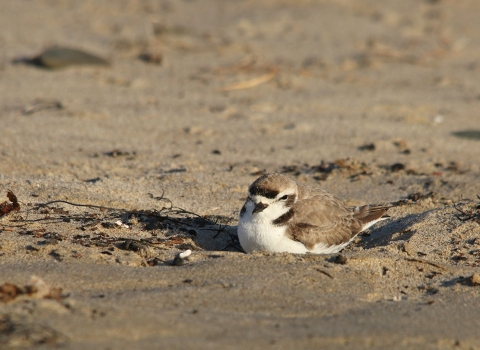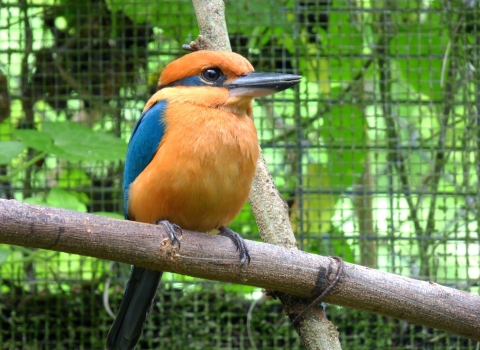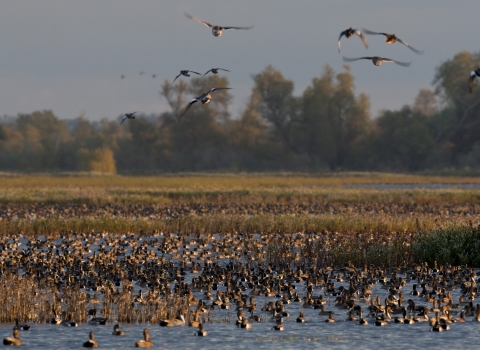CARLSBAD, Calif. – In response to a petition to remove the coastal California gnatcatcher from Endangered Species Act (ESA) protection, the U.S. Fish and Wildlife Service is initiating an in-depth analysis of the bird’s taxonomic and population status.
On May 29, 2014, the Service received a petition from the California Building Industry Association and others to delist the gnatcatcher. The petition asserts that delisting is warranted because scientific data show the coastal California gnatcatcher is not a valid subspecies.
This is the second petition seeking to delist the gnatcatcher based on the assertion it is not a valid subspecies. The first petition was submitted to the Service in 2010 by the Pacific Legal Foundation. In response to that petition, the Service determined the foundation did not provide substantial information indicating the petitioned action was warranted. That finding was partially informed by a panel of avian experts convened in 2004 that determined there was insufficient evidence to conclude the coastal California gnatcatcher is not a valid subspecies. However, a nuclear DNA study published in 2013 provides new information regarding the gnatcatcher’s taxonomy.
The coastal California gnatcatcher is a small, blue-gray songbird that, as its name suggests, is unique to habitats along the coast of California, specifically coastal scrub vegetation. The bird’s range extends from the southern coastal part of Ventura County down to coastal Baja California, Mexico. The gnatcatcher is patchily distributed within its current range, which is approximately the same as it was in 1993 when it was listed as threatened under the ESA.
Although threats to the gnatcatcher are being ameliorated to some extent through the development and implementation of regional habitat conservation plans, a five-year review of the species’ status completed in 2010 determined it should remain listed.
A copy of the 90-day finding is available for viewing today at the Federal Register and will officially publish on December 31, 2014.
The Service is soliciting information on the coastal California gnatcatcher and is particularly interested in receiving new morphological, genetic or other relevant information about the bird; analyses or new interpretations of existing morphological, genetic or other information; the methods, results and conclusions of 2000 and 2013 research by Robert Zink et al., on which the 2014 petition heavily relies; and information related to consideration of the coastal California gnatcatcher as a Distinct Vertebrate Population Segment (DPS) under the ESA.
You may submit comments and information electronically at www.regulations.gov. Enter Docket No. FWS–R8–ES–2014–0058 into the search box and click the “Search” button; then click on the “Comment Now!” button. You may also submit comments by U.S. mail or hand-delivery to: Public Comments Processing, Attn: Docket No. FWS–R8–ES–2014–0058; U.S. Fish and Wildlife Service Headquarters, MS: BPHC, 5275 Leesburg Pike, Falls Church, VA 22041–3803. Comments and information will be accepted until midnight on March 2, 2015.
-- FWS --
For more information on our work and the people who make it happen, visit www.fws.gov/cno. Connect with our Facebook page at http://www.facebook.com/usfwspacificsouthwest, follow our tweets at http://twitter.com/USFWSPacSWest, watch our YouTube Channel at http://www.youtube.com/usfws and download photos from our Flickr page at http://www.flickr.com/photos/usfws_pacificsw/


